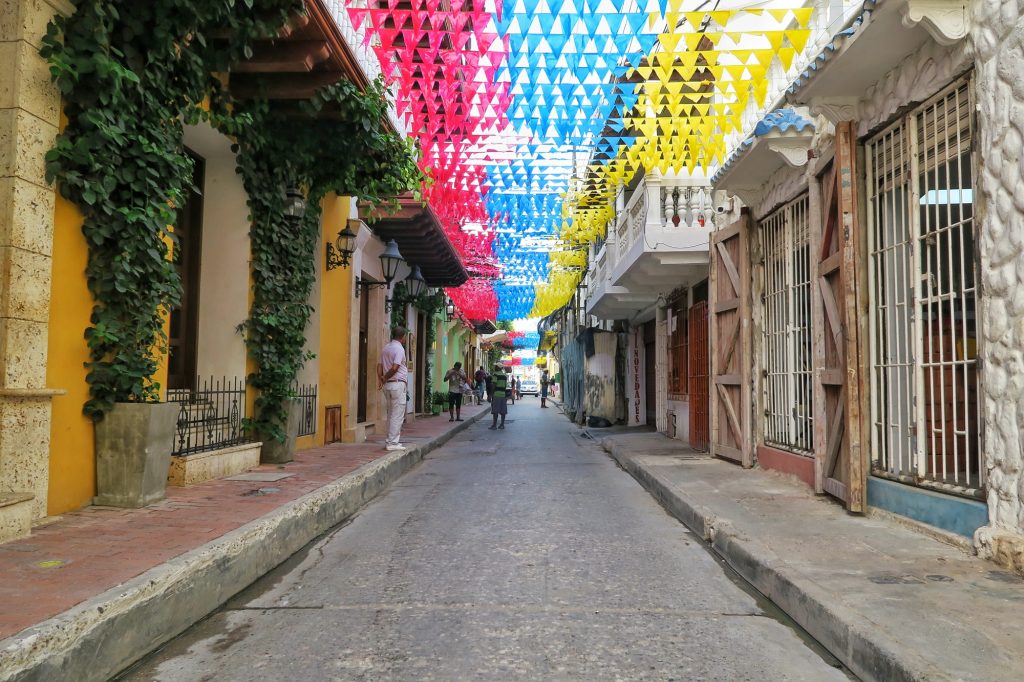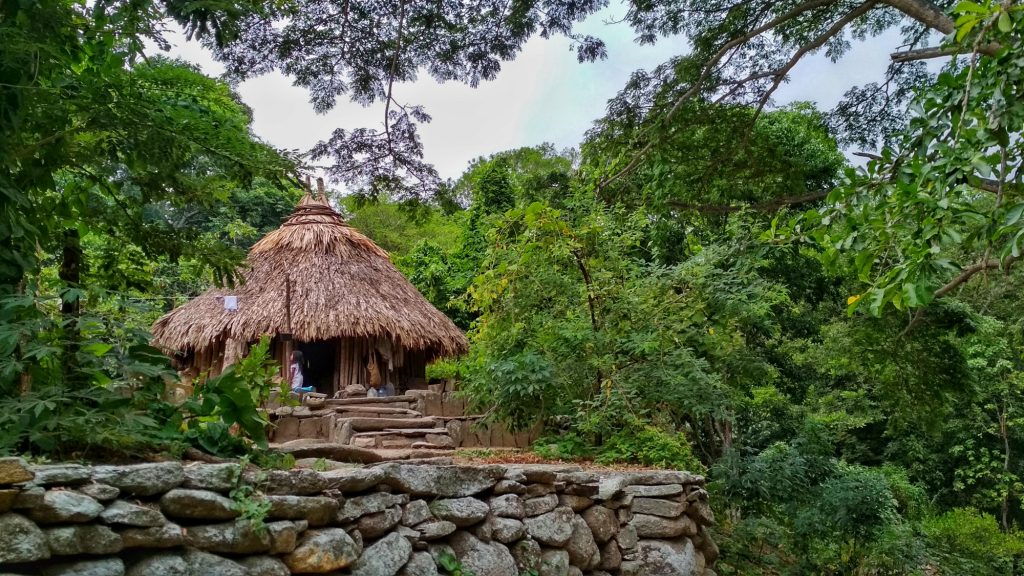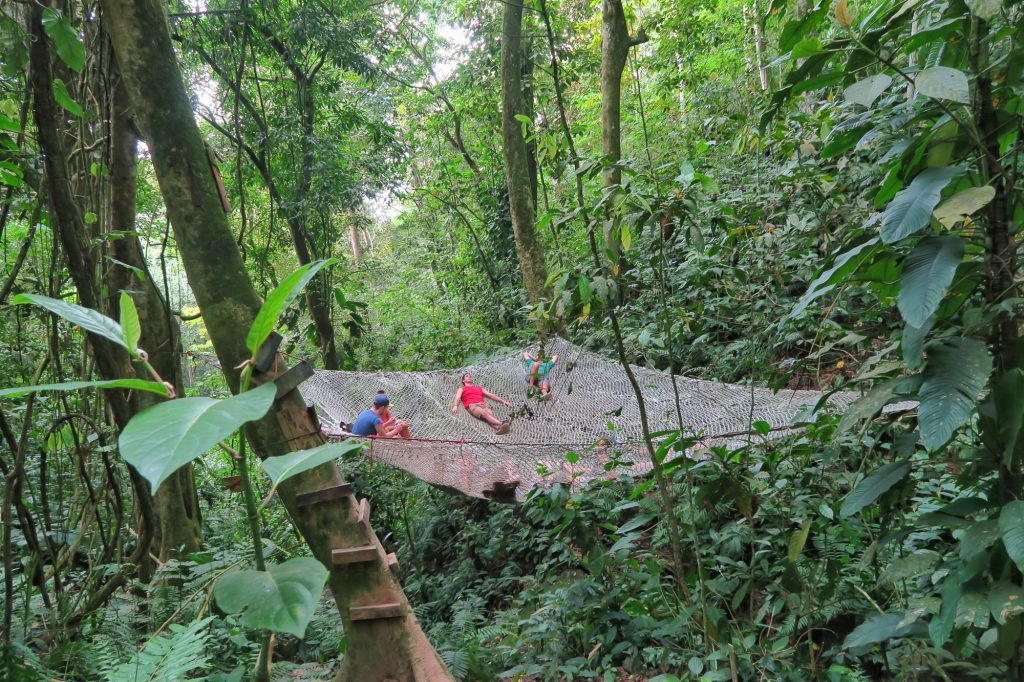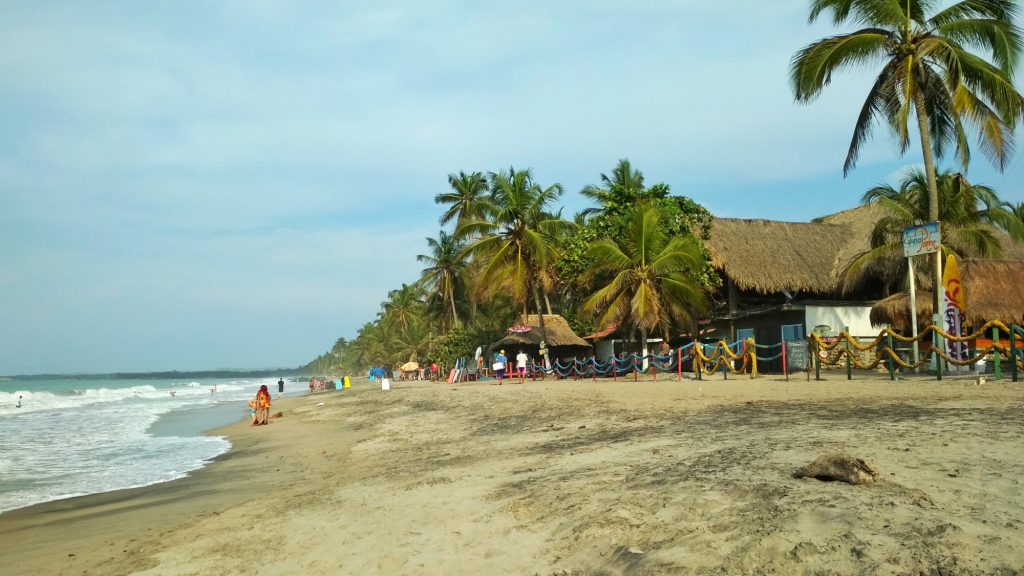After a couple of weeks exploring the big cities of Colombia, I took a flight from Medellin to Cartagena on the Caribbean coast. This area has the best beaches in Colombia and the second highest coastal mountains in the world, thus a good place to enjoy some sun and a bit of nature. It is a much more relaxed vibe than in the big cities and much safer.
The Caribbean coast of Colombia is also a very multicultural place. Because of the geographic location and climate, this area was populated for thousands of years by indigenous communities, that still have an impact on the local culture. In the 16th century, the Spaniards created here the first Spanish port in South America. It quickly became a gate for the colonization of the continent with a lot of people arriving from all over Europe.
Cartagena
Cartagena (the old city) is one of the most beautiful colonial cities I’ve ever been to. It was the pride of the Spanish empire and an important port for trade. Many rich people and business men moved here from Spain and it didn’t take long until it became a target for pirates. Spain built a defensive wall around the city, but it was not enough. The city was destroyed and rebuilt a few times during the history and in 1984 it became a protected UNESCO World Heritage site. Most of the buildings now are restored to their original architecture and it is a pleasure to walk on the streets and admire the hundred years old houses. The hostels in Cartagena are quite unique since they had to adapt the dorms to fit the old architecture. The internal courtyards and the exposed brick walls are another feature that brings some character to these hostels.
Just outside the city walls, Getsimani neighbourhood was popular among the middle class. The houses here are smaller and more simple any many are missing the beautiful internal courtyards. It became now a hippy area to stay and eat, very popular with backpackers.
Playa Blanca
Since Cartagena doesn’t have a nice beach, most of the people go to Baru peninsula for the white sand beaches. Playa Blanca is a popular place to relax for one or two days. All the hostels and bungalows are built directly on the beach, so if you like sleeping to the sound of the waves and waking up with an incredible view of the sea, then this is the place to go.
The only problem with Playa Blanca is that the mosquitos will eat you alive. As soon as the sun goes down, gazillion mosquitos and sand flies will bite you and not let you enjoy the sunset.
Santa Marta
Even though Santa Marta was the first Spanish settlement in Colombia, it is not as impressive as Cartagena. The city didn’t preserve much of the old architecture and now it looks no different than any other Colombian city.
There is not much to do in Santa Marta, but it is usually used as a base for multiday treks in the nearby national parks and mountains. One of the popular activities is Ciudad Perdida (The lost city), a 5 days trek through the jungle to get to the ruins of an old Tairona city. I’m not usually scared about physical activities, but because of the price (around 350$) I decided not to do this trek and enjoy the beaches instead.
Tayrona National Park
Tayrona National Park is a must see for everyone visiting the Caribbean coast of Colombia. It is a combination of nice beaches, hiking, camping and culture. The beautiful hike through the jungle is passing by the best beaches in Colombia. There are two or three camping sites in the park where you can book a tent or hammock and sleep overnight. I slept there in Cabo San Juan on the popular hammocks on top of a rock. Just imagine at night opening your eyes and having a 360 view of the stars and the sea.
The name of the park comes from the Tairona native people who habited the area since the first century. The biggest Tairona settlement is inside the park and it is called Pueblito. Some of their descendants are still living in this village and they preserved their culture and traditions. I remember passing through Pueblito around 6am and seeing Kogi people dressed in their traditional white clothing doing their morning activities.
Minca
Just 30 minutes away by car from Santa Marta you can get to the Minca, a small town in the Sierra Nevada mountains. The town is famous for the coffee plantation tours and hostels with spectacular views.
I stayed in Minca at Casa Elemento, a hostel situated 1400m above the sea level that has amazing views and the biggest hammocks in the world. Yep, three gigantic hammocks that hang above the forest where you can chill and watch the sunset. Definitely one of the best instaspots in the world.
Palomino
The whole Caribbean coast from Santa Marta to all the way east has very nice remote beaches. The most popular place here is Palomino, a small village by the beach where you can recover after trekking Tayrona park or Ciudad Perdida. It has a few good hostels and restaurants and once a week there is a party on the beach until midnight when the police will kick everyone out.
Another famous place here is El Rio hostel. It won the award for the Best Hostel in Colombia and the 2nd best in South America in 2018. Remotely located in the jungle, you can rent here a tube and get drunk while floating down the nearby river. It has many hammocks, free yoga, pool table, a vollyeball field and a lot of other opportunities to get sociable and forget about the lack of internet.
Next destination…
Colombia was the last country in South America for me. From Cartagena I took a flight to Panama City to begin my last few months in Central America.






















Pingback: Backpacking in paradise - Panama and San Blas islands - Pack to Backpack